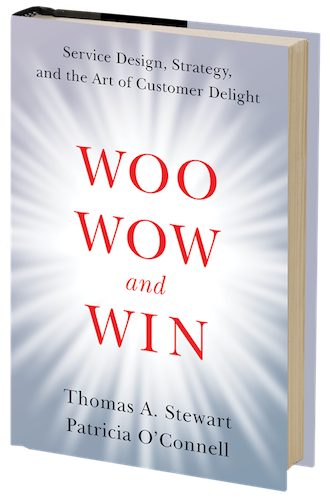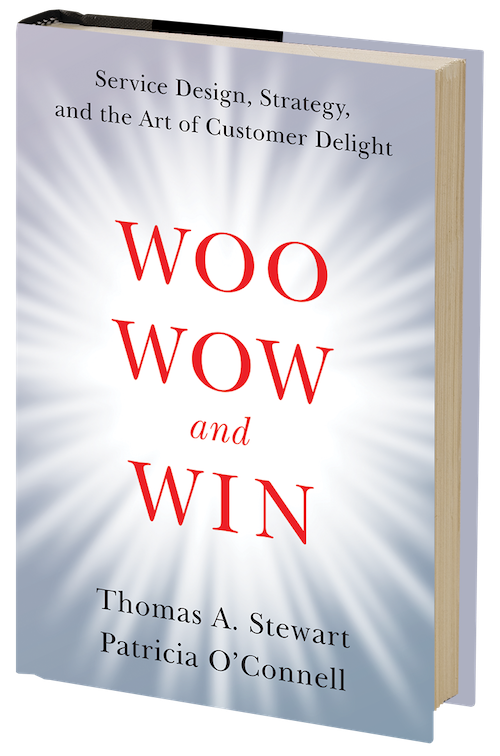This article was originally published by Inc. on April 26, 2017
Whatever service or product you are selling, retailers attract and keep customers by designing an experience, not just an expedition.
What’s with the empty storefronts on Madison Avenue, High Street, Main Street? What’s with the catastrophic store-closings at Sears, Macy’s, J.C. Penney? Don’t blame it all on Amazon and its ilk. Since 2010, e-commerce’s share of all retail sales has doubled, but it’s still just eight percent. And not all of that increase went into Jeff Bezos’s pocket: Penney’s online sales more than doubled this holiday season vs. the last one.
The big reason for the retail blues: people are buying fewer things and are instead using their money to buy experiences. For example, spending in bars and restaurants has risen 66 percent since the end of the recession, while non-food-services retail spending has gone up 40 percent. Consumer discretionary spending has been directed away from couches in front of wide-screen TVs to selfies in wide-open spaces.
You can use this knowledge to get ahead. Here’s how:
Primary source of differentiation
Customer experience matters in every business, from bank to burger joint. Gartner says that 89 percent of marketers expect experience to become their primary source of differentiation. If retailers want their mojo (and their customers) back, they’ll need to understand that experience counts more than product.
That won’t be easy to learn. Since time immemorial merchandisers have spread their wares out on tables as if they were fruit poured from a cornucopia. (Indeed, the last of the great merchants, L Brands’ Les Wexner, says the pastel piles of lingerie in his Victoria’s Secret stores were inspired by the fruit department of supermarkets–a strategy that no longer works appears to be working.)
What’s needed: Ways to make retail an experience as much as an expedition. Think about IKEA, whose same-store sales increased 4.8 percent in the year that ended last August, where children’s play areas, Swedish meatballs, and (even) the requirement that customers add their own sweat equity all contribute to an experience that’s much more than furniture. The company has also created an online “click-and-collect” store that’s a perfect online analog to the original.
Behind the success of IKEA and other retailers that are weathering the storm is the idea of service design. That is, they understand that in their industry, design means more than logo and location, more than selection and planogram, more than website and service desk. Design is those things and more. It is a conscious decision, based on deep insight into the desires of the customers you want to serve, to create a consistent, compelling experience at every point of contact.
And it means showcasing that experience as much as the merchandise itself. Think about the retailers you love–it could be the Apple Store, Zara, the local bookstore or hardware store, or online retailers like Garnet Hill or Stitch Fix.
Each of these sells great stuff. But that’s not why you love them.
Expectations and brand
It’s because shopping from them is, well, an experience, one that fits your expectations and is appropriate for the brand. Apple is the model of high-tech efficiency; Zara, with its Euro-funk music and eye-catching displays is trendy; and Stitch Fix makes you feel like paying $20 to have clothes selected just for you is well worth the money–even if you don’t keep anything.
We’re not recommending retailers forget about the merchandising. It’s that we recommend that they also remember they are selling not just products, but an experience. Warby Parker added a photo booth so people could take–and send–pictures of themselves in various frames they were considering. Frozen yogurt chain 16 Handles makes its self-serve format a key part of the reason customers go there.
You can beef up the customer experience by thinking about:
- What are the other things customers might need/want when doing business with you?
- What is the likely emotional state people are going to be in when dealing with you?
- What is the emotion you want them to take away? Sure, you want your customers to feel delighted, but what does that mean in context of your business? Does that mean that they had fun, were able to do what they needed to efficiently, that they feel taken care of?
- What problem are you solving for them? Is a wine bar selling glasses of wine, or the chance for people to fall in love?
The above questions give you a chance to think about how to differentiate yourself and design your business accordingly.
© Thomas A. Stewart and Patricia O’Connell



 Thomas A. Stewart and Patricia O’Connell are co-authors of the bestselling book Woo, Wow, and Win: Service Design, Strategy, and the Art of Customer Delight. Drawing on their combined experience as management experts, thought leaders, and journalists, Tom and Patricia offer groundbreaking insights into how companies create memorable, differentiating customer experiences that boost reputation, customer satisfaction, and the bottom line.
Thomas A. Stewart and Patricia O’Connell are co-authors of the bestselling book Woo, Wow, and Win: Service Design, Strategy, and the Art of Customer Delight. Drawing on their combined experience as management experts, thought leaders, and journalists, Tom and Patricia offer groundbreaking insights into how companies create memorable, differentiating customer experiences that boost reputation, customer satisfaction, and the bottom line.